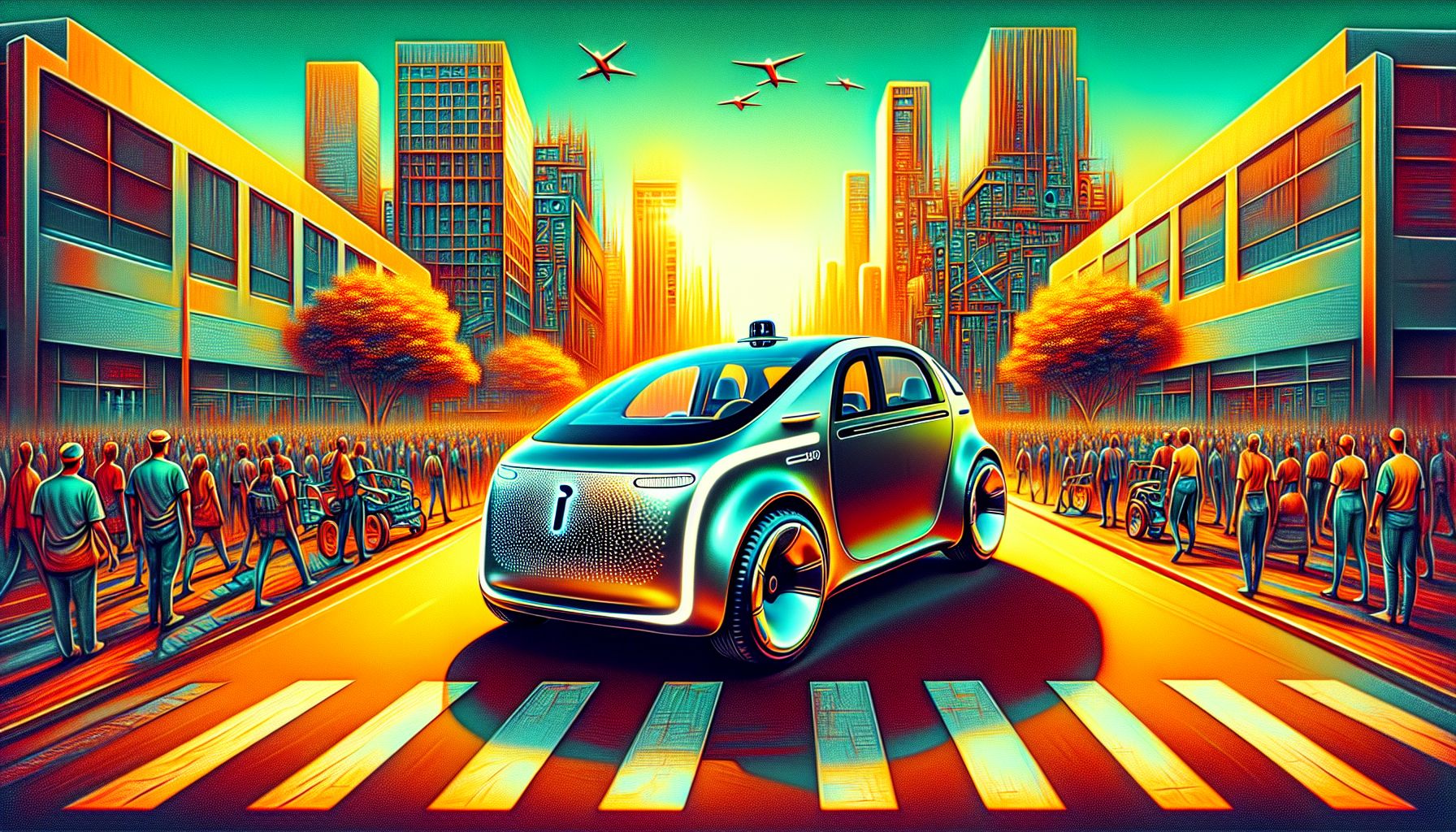Tesla Unveils Cybercab: A Glimpse into the Future of Autonomous Taxis

Fremont, Friday, 11 October 2024.
Elon Musk revealed the Tesla Cybercab, a self-driving taxi without steering wheel or pedals, set for 2026 production. Priced under $30,000, it marks Tesla’s ambitious entry into the autonomous vehicle market, promising to revolutionize urban transportation.
The Unveiling Event
On the evening of October 10, 2024, in Burbank, California, Tesla’s CEO Elon Musk presented the much-anticipated Tesla Cybercab at the I, Robot event. This self-driving, two-door taxi is unique in its design, lacking a steering wheel and pedals[1]. The presentation also included the introduction of a larger Robovan, capable of autonomously transporting up to 20 people, alongside humanoid robots named Optimus, hinting at Tesla’s broader vision for autonomous transportation[2].
Technical Innovations and Challenges
The Cybercab navigates using a system of cameras and artificial intelligence, in contrast to competitors who utilize lidar and radar technologies. This approach has raised skepticism due to past incidents linked to Tesla’s full self-driving (FSD) upgrades[3]. Despite these concerns, Elon Musk remains optimistic, describing the future of Tesla’s autonomous technology as ‘glorious’[4]. However, analysts express doubts about Tesla’s vague production details and regulatory compliance challenges that lie ahead[5].
Economic Implications and Market Positioning
With a projected price of under $30,000, the Cybercab aims to be a cost-effective option in the autonomous vehicle market. Production is anticipated to begin before 2027, with a fleet of self-driving taxis that can be booked via an app[6]. This initiative places Tesla in direct competition with established players like Waymo, which currently offers paid self-driving taxi services in several U.S. cities and plans further expansion[7].
Regulatory and Market Considerations
Tesla’s entry into the autonomous vehicle space is not without its regulatory hurdles. The company has not yet communicated with California regulators regarding permits for its robotaxi service, despite holding a permit to test autonomous vehicles in the state. This gap highlights potential challenges Tesla may face in deploying the Cybercab at scale[8]. Meanwhile, competitors like Zoox and GM’s Cruise are also navigating regulatory landscapes, with varying degrees of success[9].
Vision for the Future
Elon Musk envisions a future where Tesla’s autonomy capabilities significantly increase the utility of its vehicles. He suggests that Tesla owners could potentially send their Cybercabs to offer rides autonomously, enhancing vehicle usage by five to ten times[10]. This vision aligns with Musk’s broader ambition to transform urban mobility and redefine the concept of transportation in the modern age[11].

